Solution for wall paint problems
Identify the problem on the affected area of wall paint and if possible, go to one of our stores
to ask a specialist for any problems you may not be able to identify yourself
Click on the photo below.
BLISTERING2
Humidity that is permeated into the interior wall from outside.
Factor:
Applying the paint before the wall perfectly ready to be painted, whereas the walls are still in the wet or damp conditions.
Prevention:
Let the wet surface or the area, which are affected by rains being fully dried.
Refinement:
Feel off the bubbled layers, and do the re-painting.
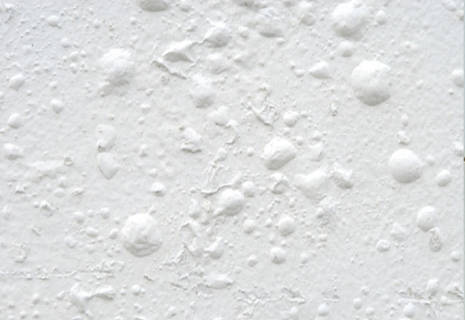
BRUSH MARK
The marks immersion that is visible on the dried painting layer.
Factor:
The paint liquid is overly thick. Using dirty or clotted bristle brushes.
Prevention:
Dilute the paint using Pacific Thinner and apply the paint right away.
Refinement:
Peel off the previous paint and distinctly clean the surface, do the re-painting.
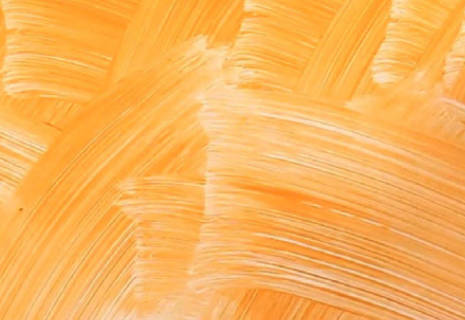
CHALKING
Soft powder flakes that are formatted from the surface, there is chalks powder upon being touched.
Factor:
The usage of interior paint for the exterior wall.
Prevention:
Have the good quality paint for exteriors such as Metrolite Weatherseal and Metrolite Elastomeric.
Refinement:
Peel off the previous paint and clean the surface, and then do the re-painting.
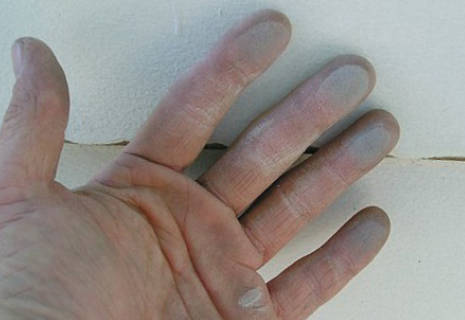
COLOUR DIFFERENT
The difference appeared in the colour of the paint that already being applied.
Factor:
The paint applicated in different time away.
Prevention:
Make the paint applications at the same timing.
Refinement:
Peel off the previous paint and clean the surface, do the re-painting.
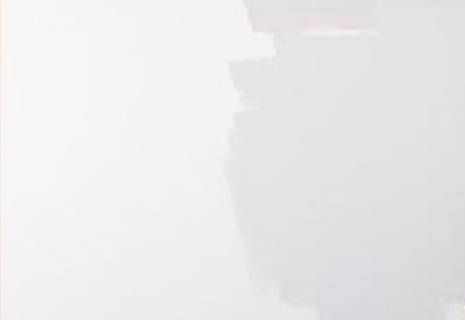
FLAKING
The exfoliated paint layer that is applied to the vertical media.
Factor:
Dirty surface, consist of oily or chalked paint.
Prevention:
The surface should be clean before the painting.
Refinement:
Peel off the previous paint and clean the surface, and then do the re-painting.
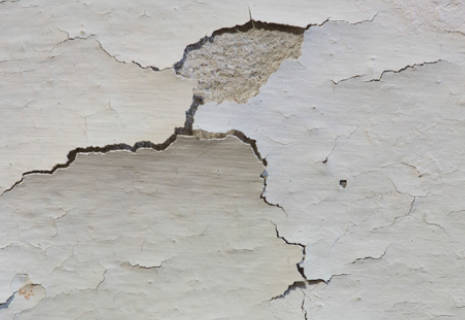
HAIR CRACKING
The occurrence of fine-cracking on the wall.
Factor:
The usage of unsuitable exterior and interior paints.
Prevention:
Paint the wall area using the suitable type of products.
Refinement:
Coat the wall with the primer paint and accomplish with the exterior or interior paints.
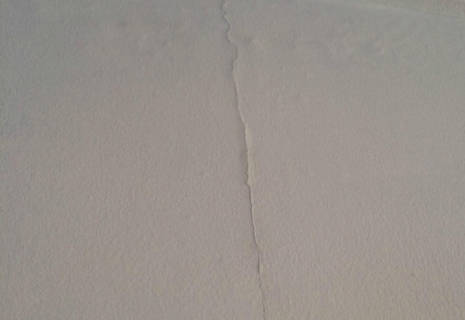
POOR HIDING
The low quality of coverage strength toward the substrate or previous paint.
Factor:
Overly usage of paint thinner.
The colour of applied paint is having softer or contrast compared with the previous paint colour.
Prevention:
Dilute the paint base on the recommended instruction.
Refinement:
Use base-colour before doing the re-painting.
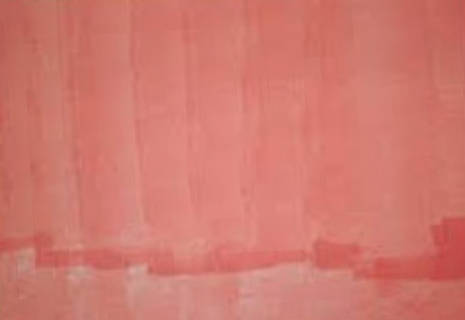
SAGGING
The dripped paint layers that are applied in the vertical media.
Factor:
- The paint application is overly thick and excessive.
- The paint being applied is overly liquid.
- The paint application is being applied to the damp wall.
Prevention:
Avoid to applying the paint to the damp condition. It is suggested to use the paint twice.
Refinement:
Let the paint perfectly dried, scrap the dripping parts and do the re-painting.

SAPONIFICATION
The condition in which the paint layers are becoming soft and sticky
Factor:
The Chemical attached from alkaline-based components such as cement with humid concentration.
Prevention:
The wall surface should be free from alkaline
Refinement:
Peel off the previous paint and clean the surface, then do the re-painting.

WRINKLING
The paints with a wrinkled surface.
Factor:
- Applying the overly thick paint.
- Hasty in re-painting.
- Exceeding drying caused by the high air temperature.
Prevention:
Apply the paint in the normal thickness and avoid of paint applying during the high-temperature weather.
Refinement:
Peel off the previous paint and clearly clean the surface, and then do the re-painting.

Q & A

Questions Regarding Paint Problems
There are two causes of faded paint, most commonly:
Fading can occur when alkaline salt emerges due to the wall surface condition that was not fully dried when the paint was applied on the wall.
Using paint that does not resist sunlight exposure, mostly commonly found with the colour of red, yellow or orange.
Solution:
- Scrape/peel off the previous paint
- Apply the Alkaline wall sealer before applied the final paint
- Use the recommended paint for exterior
- Use the non-bright colour paint, such as cream and white. Please consult the chemist for the colour selection.
Why is the paint often peeling off from the painted surface?
There are two causes make the paint often being peeled off, most commonly:
- The paint flakes off because the paint was not well applied onto the wall surface that is caused by the dump, oily or dirty walls.
- Applying the paint on the surface over previous paint, which is already calcified or peeled off.
Solution:
- Scrape the previous paint clean, use the Glotex Paint Remover to scrape the previous paint faster.
- Clean the entire surface perfectly.
- Apply the high-quality wall paint to produce a perfect result.
What the cause of painted wall being calcified?
There are two causes that make the painted wall being calcified, namely:
- Applying the low-quality wall paint or applying the interior wall paint for the exterior wall.
- Overused of the paint thinner.
Solution:
- Use the paint based on its instruction in the packaging
- Whenever would like to re-paint the calcified wall, please ensure to clearly clean the wall’ surface perfectly using a wet cloth to get rid of its whitewash layer.
- Afterwards, apply the sealer and then continued with the new paint.
Why does the tiny brown fungus often appear on the wall surface
There are two causes that make fungus appears on the wall, most commonly:
- The fungus appears on the wall because the interior wall was still damp during the painting.
- Excess use of paint thinner.
Solution:
- Re-paint the musty wall.
- Before the wall being re-painted, spray the wall with fungicide and leave it for 24 hours; then brush and clean the wall with water in order to get rid of its chemical substation.
Why won’t the paint dry right away after the application?
There are three causes of the paint that not able to dry fast, namely:
- The synthetic alkyd paint that is applied to the wet wall, usually it is called as saponification.
- It is because of the overuse of thinner.
- The epoxy type of paint is not mixed with hardener.
Solution:
- Use the paint based on the instruction found on the packaging.
- The alkyd paint that is applied on the wall should be scrapped off and dried first.
What causes the paint finishing to look rough on the wall surface after application?
There are two causes that make the application result looked rough, most commonly:
- Using the overly thick paint
- Using the applicator tools (roll or brush) in several repetitions.
Solution:
- Use the recommended amount of paint thinner found on the instruction, which is normally at 5-10%
- Use the suitable applicator tools
Why is there a sheen difference between the new paint application and the old one?
A sheen difference happened on the type of oil paint, such as synthetic alkyd paint, epoxy paint or the other types of oil pants. It is caused by:
- During the paint application period:
a. There is the excess use of thinner/diluent liquid
b. Using low quality thinner
- Several layers of paint on the surface:
Sunshine exposure on a less durable type of paint.
Solution:
- Use the paint based on the usage instruction written on the packaging
- Alkyd paint that was applied on the wall should be peeled off, cleaned up and being dried.
What causes brush or roll marks during the paint application that make the surface look rough?
There are two causes that make the brush/roll marks visible on the surface and looked rough, most commonly:
- Applying the overly thick paint liquid
- Using the applicator tools (roll or brush) in several passes.
Solution:
- Have the paint thinner accordant with the instruction written on the packaging, which is usually at 5-10%.
- Use the suitable applicator tools.
- Do not use the applicator tools in several passes, or change the applicator tools after several usages








